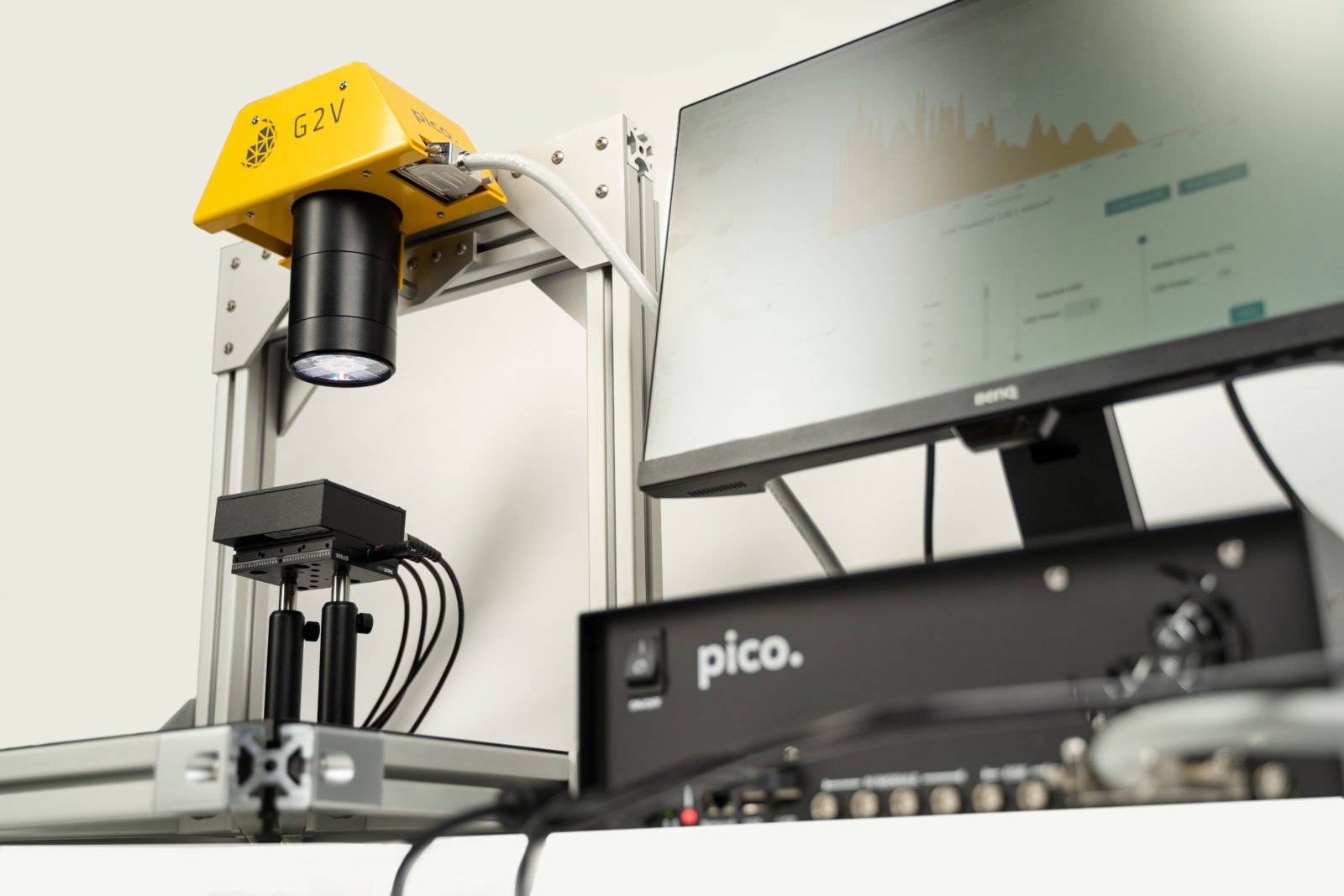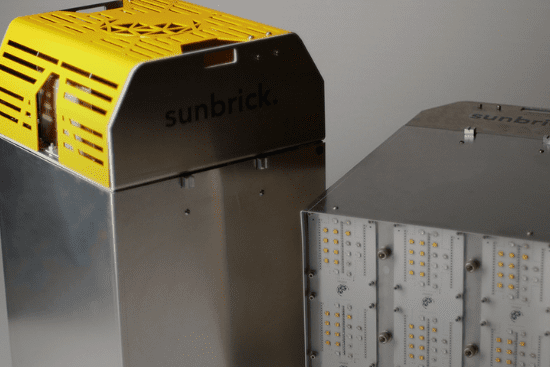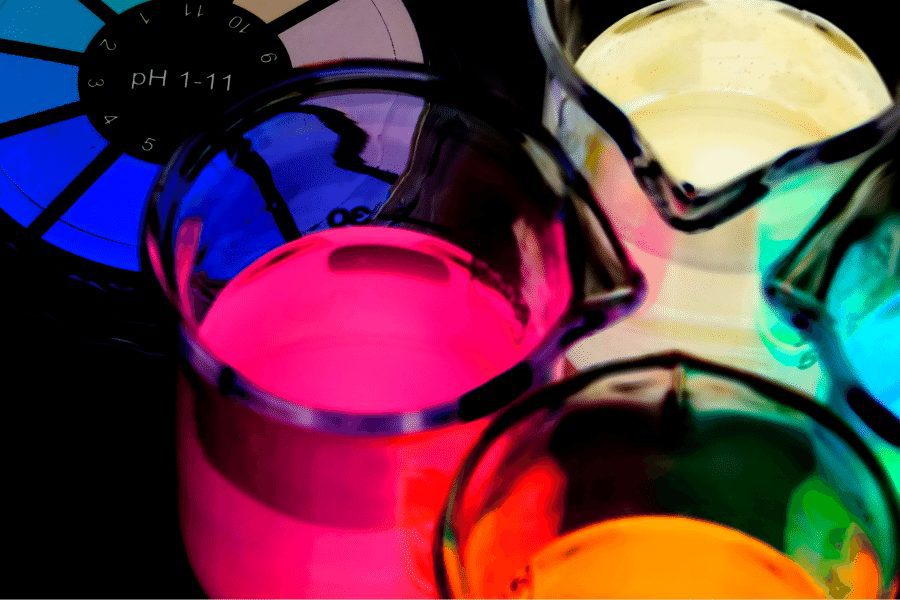





Harnessing solar energy to transform matter
Sunlight is a virtually limitless source of sustainable energy. Its absorption by substances to drive photochemical reactions is at the forefront of modern chemistry research.
Whether you are working on photodissociation to break down waste materials, designing novel catalysts to convert and store solar energy in chemical fuels, studying photocatalytic behavior of bacterial fuel cells, characterizing light-driven changes in molecular structures, optimizing photo-assisted redox reactions, pursuing photosynthesis of novel nanomaterials, photoreforming compounds into value-added materials, or testing the performance of a bacterial cell, photons are the inexpensive and abundant “traceless reagent” of the future.
Photochemistry is a precise science requiring high control over a reaction’s amount and type of input light since these variables sensitively determine specific products and yields. Traditional light sources, with short bulb lifetimes that lead to dimming or flickering, simply do not have sufficient reliability for reproducible results. They also lack the tunability to test isolated facets of an experiment.
G2V’s Class AAA LED solar simulators are built from reliable technology made to last, engineered to give you absolute spectral control for your unique experimental needs.
The right photons for the right reaction.

Featured Innovations
The Most Advanced Technology For Your Cutting-Edge Research
You’re building something great. Our solar replication technologies mean you don’t have to worry about accurate light.

Pico™ Solar Simulator for Photochemistry
How many times have you been stuck failing to reproduce an experiment? How many times has instrumental variance resulted in lost time or unreliable results? The Pico is carefully designed for photon production as reliable as the sun. This means you can spend your valuable time studying the chemistry of your reactions instead of wrangling the performance of your instrument. The Pico enables you to precisely probe photon-matter interactions with ease and confidence.
- Intensity and wavelength control to probe specific photochemical responses
- Python API (part of the optional Variable Spectra module) to automate testing
- Connect your simulator to LAN or Wi-Fi networks and control it from the comfort of a web browser
- One-Click Sun (beta) optional module replicates the solar irradiance of any place on Earth

Sunbrick™ Solar Simulator for Photochemistry
Are you ready to scale up your surface-to-photon ratio? Ready to move up from batch to flow chemistry? Need to illuminate a bigger reactor or run several experiments in parallel? The large-area Sunbrick solar simulator is the instrument of choice to take your chemistry to the next level.
- Intensity and wavelength control to probe specific photochemical responses
- Large Class A area of 20 cm by 20 cm (and larger) to illuminate bigger experimental samples
- Python API and LabView DLL to automate testing
- Low LED drive currents to maximize stability and longevity
Additionally, its modular, tileable design enables you to build the solar setup best-suited for your needs, whether that’s wide-area or high-irradiance testing. Contact us to discuss how the Sunbrick can unlock a new dimension of chemical innovation.
Photoreforming microplastics in water through accurate sunlight
Problem: A chemistry research group was looking to photoreform microplastic-rich water waste into hydrogen and useful side products. They wanted to test the effect of their latest catalyst candidate on reaction behavior under standard sunlight conditions.
Innovation: The G2V Pico small-area LED simulator provided light that accurately matches the sun’s irradiance on Earth.
Outcome: The researchers were able to systematically study different aspects of their catalyst. By adjusting the intensity, they were able to calculate the overall reaction rate. By adjusting the Pico’s channel output they narrowed wavelength regions that experienced higher absorbance and that favoured the formation of certain products. Finally, using the One-Click Sun (beta) feature of the optional Variable Spectra module, they simulated the behavior that their reaction would have at higher altitudes and in places close to the equator in order to better understand real-world performance.

You’re building the future. We’ll provide the light.
How much should you pay for a solar simulator? Are all solar simulators the same?
Buying a solar simulator is a considerable investment that goes beyond the initial purchase. Choosing between underlying technologies and manufacturers can be a challenge. In this article we highlight what to look for beyond the sticker price.
We explore costs like operation and maintenance, and discuss the added value of owning a simulator that is easy to use with multiple complementary features.
Learn more about:
- Initial purchase cost
- Maintenance cost (time and money)
- Side-by-side comparison between Xenon and LED technologies
- How to structure your own financial evaluations
Looking for additional resources on the importance of using a high-quality simulator for photochemical research and to improve the quality of your published research? This Nature article provides an excellent overview of the role that solar simulation and reactor design play on reaction kinetics.
Photochemical Testing FAQs
High-quality LED solar simulators remove the uncertainties associated with using an unreliable light source. G2V’s class AAA LED simulators are designed to maintain exceptional output and stability, which means the irradiance flux will not vary or drift throughout your experiment. That means you’ll get stable, more consistent reaction products and yields.
Many reactions also depend on the total absorbed energy, meaning many required hours of light exposure for a reaction to reach completion. Using an LED-driven simulator gives you confidence that the results of your reactions are attributable to the chemical mechanisms and not to light variance.
The bandgap properties of materials determine what photons are absorbed. Excess emission peaks such as those generated by arc discharge in bulb-based solar simulators are not representative of real sunlight, and may vary between instruments. These large spectral deviations can lead to unrealistic variations in absorbance that reduce the accuracy of a chemical reaction’s results. A faithful spectral output helps ensure that similar conditions result in comparable results between different labs and instruments.
Want to know how your catalysts would respond to Dubai’s July midday sun or London’s early winter morning? One-Click Sun (beta) replicates the solar irradiance of any place on Earth at any time of day throughout the year, giving you a more realistic prediction of reaction behaviours in their target application environments.
More reproducibility: Our Pico solar simulator is designed to maintain exceptional output and stability throughout its operation. This means that the irradiance flux will not vary or drift throughout your experiment and affect your reaction products and yields. Many reactions also depend on the total energy flux, thus many hours of exposure may be necessary for a reaction to reach completion. Using an LED-driven simulator gives you confidence that the results of your reactions are attributable to the chemical mechanisms and not to light variance.
High accuracy and compact design: Engineered to simulate the irradiance profile of the sun with high accuracy, the Pico is a compact solution that provides the right photons from a benchtop-sized workhorse.
Variable spectrum: Our Pico simulator may include an optional Variable Spectra module that lets you adjust its output channels so that you can probe the absorbance of your materials to different regions of the wavelength spectrum. The Variable Spectra module lets you unlock these deeper catalytic observations from your same trusted device.
Knowledge Base
Our Expertise. Your Home Base.
We make sure that our customers have access to resources that help them understand more not only about the products we offer, but relevant applications and standards. Visit the knowledge base to learn more about LED illumination, Class AAA standards, example use cases and much more. Knowledge is solar power.
IEC 60904-9:2020 Standard for Solar Simulators
In our modern era, nearly every industry has standards that set baselines for ensuring its associated products are safe and suitable to perform intended tasks. Solar simulation – reproducing sunlight – is no different, having standards that specify the requirements for solar simulators, and...
Get Started
Chemical research is as much a science as an art. G2V provides the best tools so you can focus on what’s important and eliminate as many undesired variables as possible. We have carefully crafted our technology to provide you with exquisitely reproduced sunlight so your experiments will accurately respond in the same manner as under direct sunlight, with the added benefit that your reaction yields will not be affected by stray clouds or days with precipitation.
We’ve engineered the sun so you can be certain the behavior of your reactions is attributable to their chemical nature and not to unreliable light. We’re passionate about ensuring you get the best lighting solution for your research.
Better light. Better chemistry. Better results.
